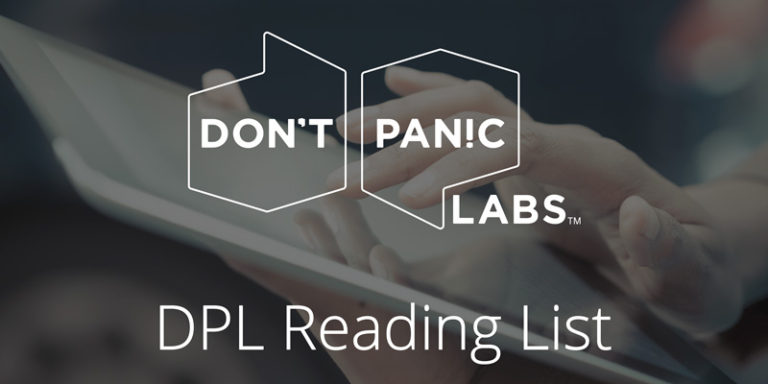
DPL Reading List – May 11, 2018
Here are some of the articles we found this week.
Microsoft Charts Its Own Path on Artificial Intelligence – “Microsoft is pitching the idea of running AI projects atop chips called FPGAs, whose designs can be reprogrammed to support new forms of software on the fly. That allows Microsoft to avoid having to dabble in designing silicon for its servers—it buys its FPGAs from chip giant Intel.”
Apple’s influential, iconic iMac turns 20 – “There are few individual computer models that have left a lasting mark on the industry, but you can definitely put the iMac on that list. Apple introduced its signature all-in-one desktop at a special event on May 6th, 1998, and it’s safe to say the system has had a lasting impact on technology at large.”
How to think like a programmer — lessons in problem solving – “You probably also wondered what does it mean, exactly, to think like a programmer? And how do you do it?? Essentially, it’s all about a more effective way for problem solving.”
AI to reconstruct partially-erased images with mindblowing accuracy – “Nvidia this week unveiled its newest AI breakthrough in the form of a mind-blowing computer vision technique that can ‘inpaint’ parts of an image that have been deleted or modified. If you’re thinking Photoshop already does this, think again. This is something you have to see to believe.”
Everything in your home is about to get smart. Here’s what to watch out for. – “Device makers in almost every category are now cramming internet-enabled technology into everyday home devices from refrigerators to blenders, and it can be legitimately useful — if you’re careful about what you buy.”
Building For Scale – “From Day 1 to 1000 structuring your business for growth must be a leaders #1 priority.”
CTRL-Labs: Capturing intent — user interface control without moving a muscle – “There seems to be an explosion of new user interfaces from virtual reality to augmented reality, as well as some truly novel approaches, such as a wristband from CTRL-Labs, which can understand what a user intends to do with their hand without any movement.”



